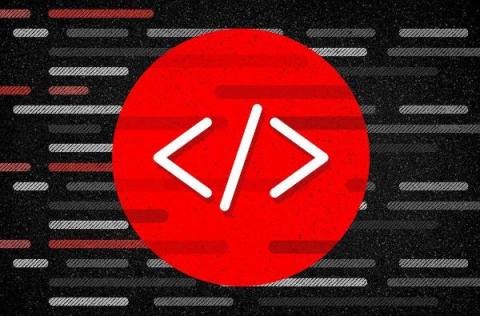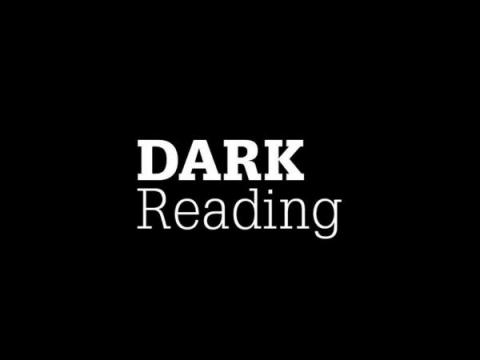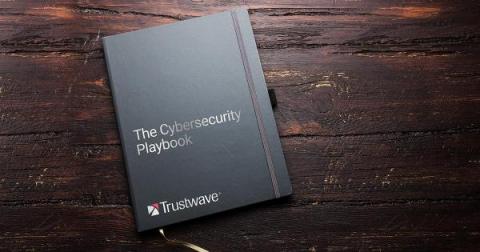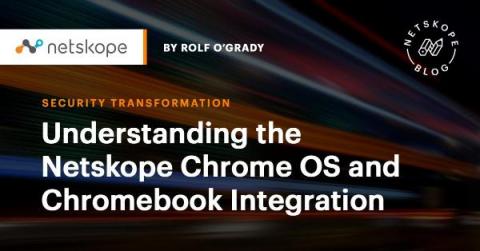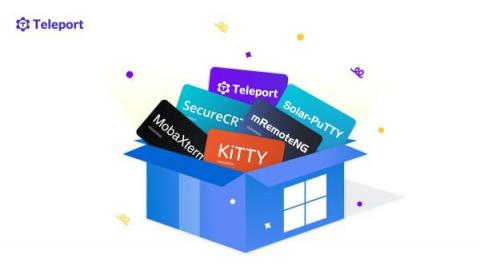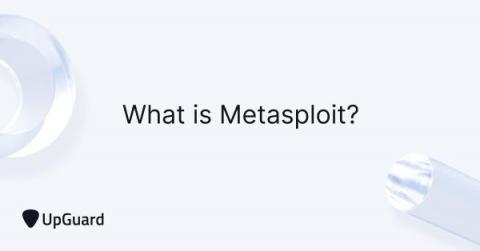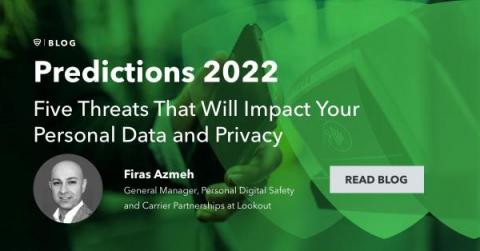How a Generalized Validation Testing Approach Improves Efficiency, Boosts Outcomes and Streamlines Debugging
In two recent blog posts from the CrowdStrike Software Development Engineers in Test (SDET) team, we explored how end-to-end validation testing and modular testing design could increase the speed and accuracy of the testing lifecycle. In this latest post, we conclude our SDET series with a deep dive on how our generalized validation testing component improves efficiency, enhances product functionality and streamlines troubleshooting.


